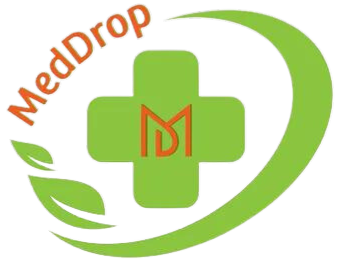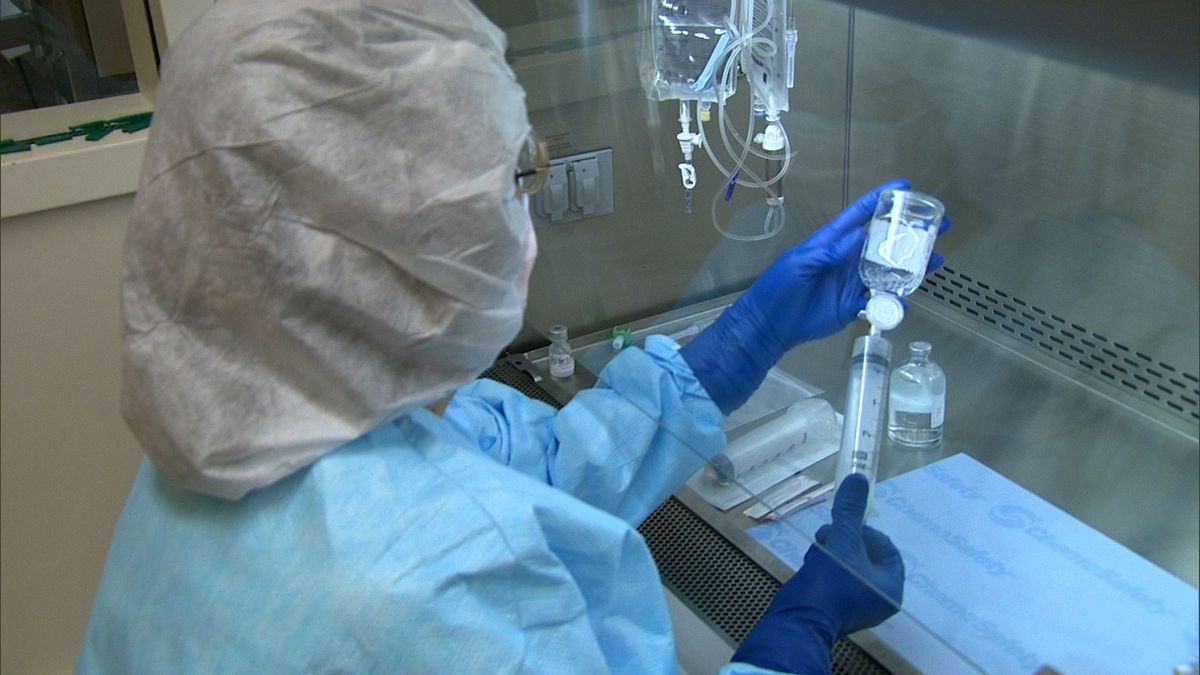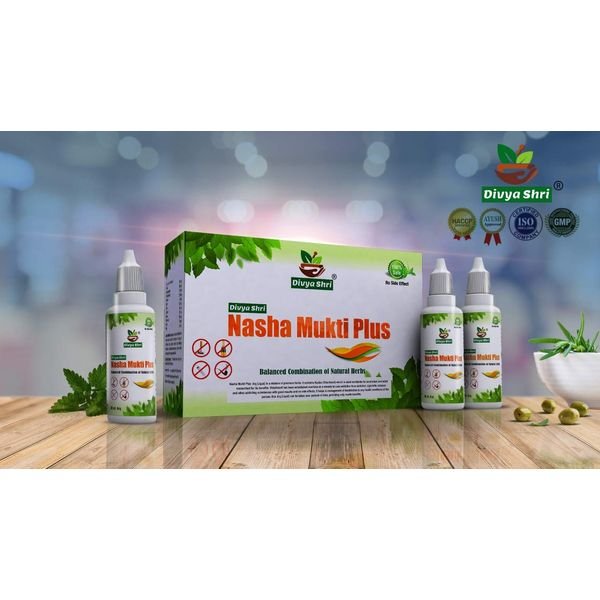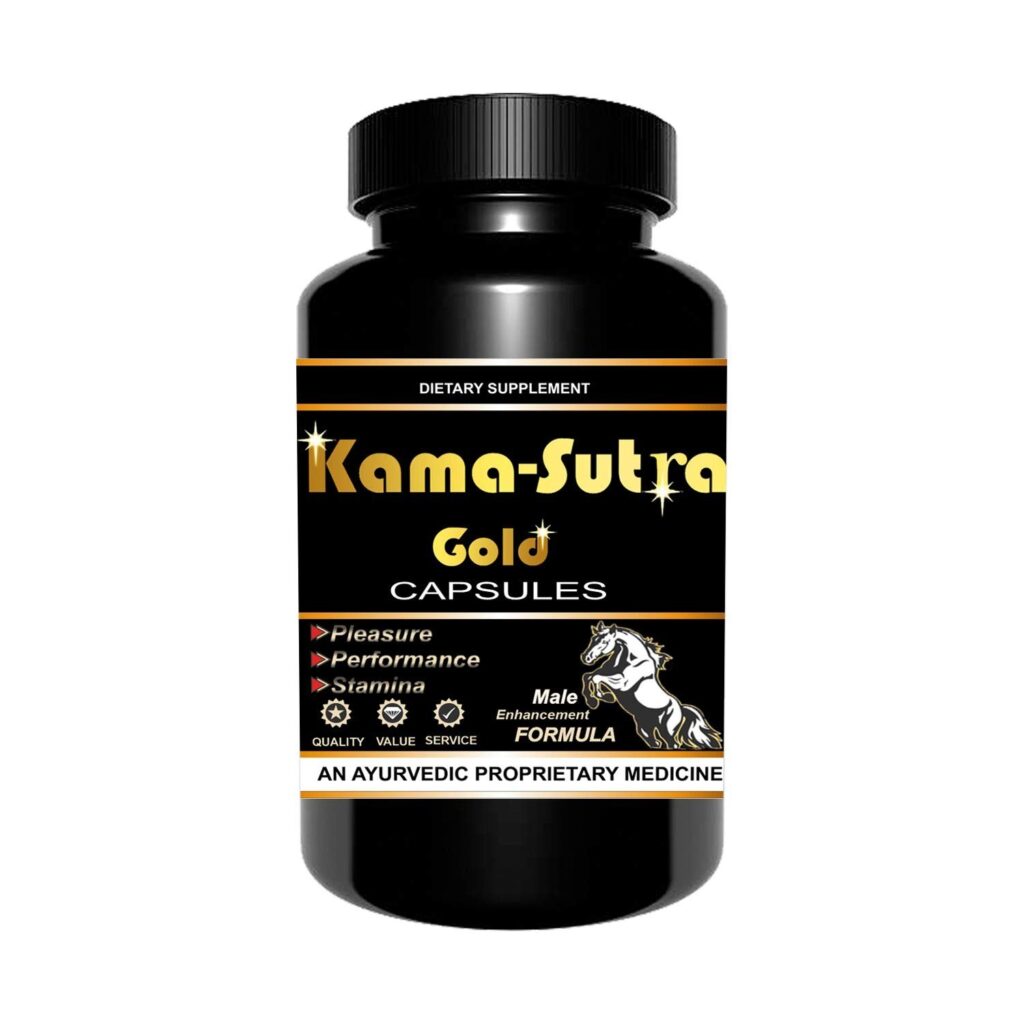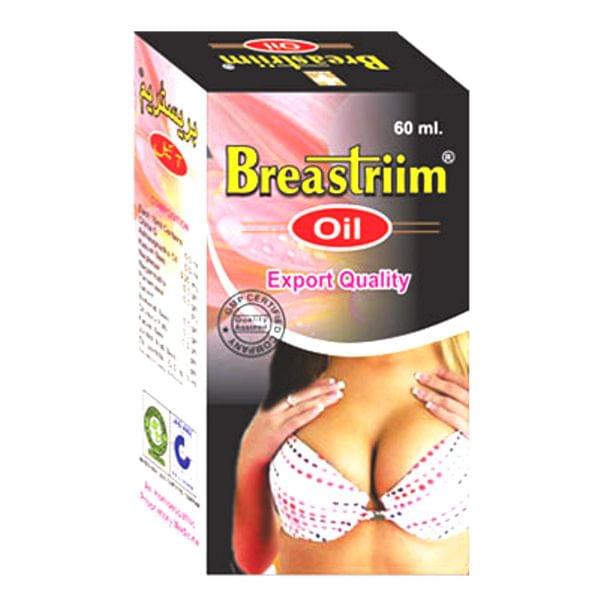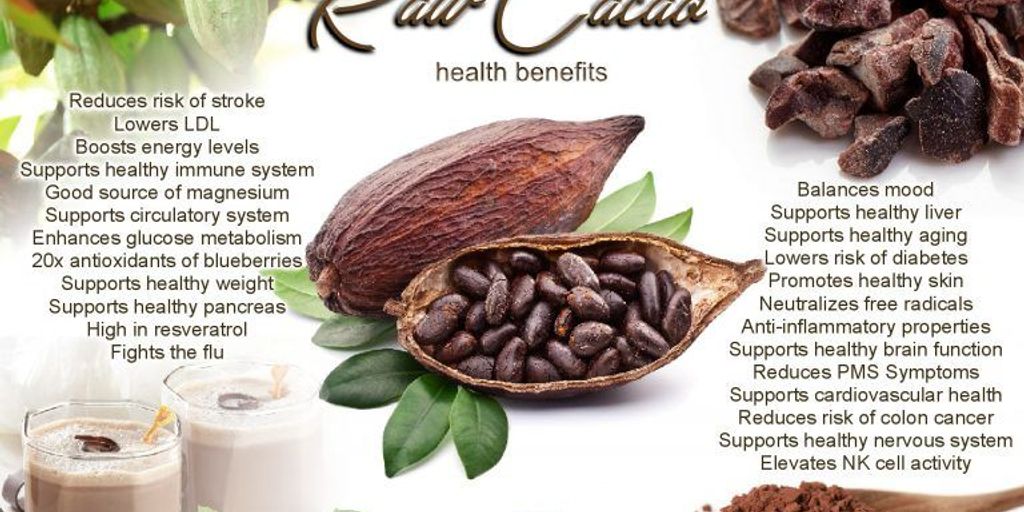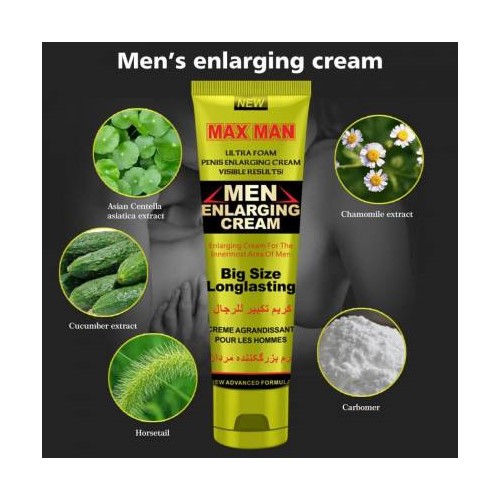Majun Mochras, an ancient herbal concoction, has stood the test of time, offering a blend of medicinal properties and cultural richness. This article delves into the historical roots of Majun Mochras, explores its pharmacological underpinnings, and examines its relevance in today’s health-conscious society. We also address the challenges it faces in the modern era and the importance of sustainable practices in preserving this traditional remedy for future generations.
Key Takeaways
- Majun Mochras has a rich history and cultural significance, with its use documented in ancient texts and practiced across various regions.
- Scientific research reveals that the key ingredients of Majun Mochras have specific properties that contribute to its healing potential.
- Contemporary applications of Majun Mochras show promising results in preventive and therapeutic healthcare, integrating well with modern medicine.
- The production and distribution of Majun Mochras face challenges such as ensuring quality control, navigating regulatory frameworks, and overcoming medical skepticism.
- Sustainable practices in sourcing ingredients and supporting local communities are crucial for the future of Majun Mochras and herbal remedies at large.
Unveiling Majun Mochras: A Historical Perspective
Origins and Traditional Use
Majun Mochras, an Ayurvedic concoction, has been a cornerstone in traditional medicine for centuries. Its use dates back to a time when holistic health practices were the primary means of treating ailments. The preparation of Majun Mochras is an art, passed down through generations, involving the careful selection and blending of herbs and other natural ingredients.
The traditional use of Majun Mochras spans a variety of health issues, from digestive disorders to sexual dysfunctions. It is revered for its ability to balance the body’s doshas—Vata, Pitta, and Kapha—which are essential elements in Ayurvedic medicine for maintaining overall well-being.
The significance of Majun Mochras in traditional medicine is not just in its healing properties, but also in the cultural heritage it represents.
Exploring Ayurvedic remedies for holistic health includes a range of products such as Majun Arad Khurma, Majun Dabidul Ward, Majun Injeer, Dabur Mahabhringraj Oil, Rasayan Vati, and Shilajit Rasayan Vati. Each of these has its own place in the rich tapestry of traditional healthcare practices.
Cultural Significance Across Regions
Majun Mochras is not merely a medicinal concoction; it is a tapestry woven with the threads of cultural heritage. Its use transcends the boundaries of health, becoming a symbol of tradition and identity in various regions. In the Middle East, it is a staple in the repertoire of herbalists, while in South Asia, it is often associated with Ayurvedic practices.
- Middle East: Celebrated for its restorative properties during seasonal changes.
- South Asia: Integral to Ayurvedic rituals, often given as a tonic for rejuvenation.
- North Africa: Used in local ceremonies, believed to ward off ailments.
The widespread reverence for Majun Mochras is a testament to its enduring legacy, as it continues to be a cherished remedy passed down through generations.
Despite the diversity in application, the core essence of Majun Mochras remains consistent—its role in promoting wellness and its integration into the daily lives of people. This shared value highlights the unifying power of traditional remedies in an increasingly globalized world.
Historical Documentation and Ancient Texts
The annals of history are rich with references to Majun Mochras, a compound whose efficacy has been noted in various ancient texts. Scholars and healers have meticulously documented its preparation and use, providing a window into the medical practices of bygone eras.
- Ancient medical treatises like the ‘Charaka Samhita’ and ‘Sushruta Samhita’ mention herbal concoctions similar to Majun Mochras.
- Persian medical texts detail the use of Majun Mochras for its restorative properties.
- Arabic works on medicine have also highlighted the compound’s significance in traditional healing.
The meticulous documentation of Majun Mochras in ancient texts underscores its revered status in traditional medicine. This historical reverence sets the stage for its potential integration into contemporary wellness practices.
Despite the wealth of historical data, modern researchers face challenges in interpreting these ancient writings due to the evolution of language and medical terminology. The task of translating and validating these texts is crucial for bridging the gap between traditional knowledge and modern science.
The Science Behind Majun Mochras
Key Ingredients and Their Properties
Majun Mochras is composed of a symphony of ingredients, each playing a crucial role in its efficacy. The core components are known for their unique therapeutic properties, which have been recognized in traditional medicine for centuries. Among these, the Salmalia malabarica resin, commonly known as Mochras, is celebrated for its astringent and cooling qualities.
- Salmalia malabarica resin: Astringent, cooling
- Honey: Natural preservative, sweetener
- Nuts and seeds: Provide essential fatty acids
- Herbs and spices: Enhance digestion, offer anti-inflammatory benefits
The synergy between these ingredients is believed to be responsible for Majun Mochras’s restorative effects. While each ingredient has its own merit, it is their combination that amplifies the healing potential.
Ensuring the purity and potency of these ingredients is paramount for the effectiveness of Majun Mochras. Businesses like Unani and Hamdard have been instrumental in maintaining these standards, adhering to the philosophy that good health and natural wellness should be accessible to all.
Modern Pharmacological Studies
Recent pharmacological research has begun to unravel the complexities of Majun Mochras, revealing a tapestry of bioactive compounds that contribute to its therapeutic potential. Studies have shown that the synergy between its ingredients can lead to significant health benefits.
One of the primary components, Pilora powder, has been scrutinized for its efficacy and safety. While it is known for its healing properties, Pilora powder may cause various side effects like stomach issues and dizziness. It is important to use it in balanced and recommended doses.
The meticulous analysis of Majun Mochras has provided insights into its mode of action, which includes anti-inflammatory and antioxidant activities. These findings support the traditional claims and open the door for its integration into evidence-based medicine.
The table below summarizes the outcomes of key studies on Majun Mochras:
| Study | Effect Observed | Dosage | Outcome |
|---|---|---|---|
| A | Reduced inflammation | 2g/day | Positive |
| B | Antioxidant increase | 1.5g/day | Positive |
| C | No significant change | 3g/day | Neutral |
Continued research is essential to fully understand the mechanisms of action and to optimize the use of Majun Mochras in therapeutic settings.
Understanding the Healing Mechanisms
Majun Mochras is not just a concoction of herbs; it’s a symphony of healing orchestrated by the wisdom of ancient practices. The synergy between its ingredients is what gives it the power to heal and rejuvenate. Each component of Majun Mochras plays a specific role, contributing to its overall efficacy.
- Balsamodendron mukul, known for its anti-inflammatory properties, targets swelling and pain.
- Terminalia chebula aids in digestion and acts as a potent detoxifier.
- Saffron, a premium spice, works as an antidepressant and mood enhancer.
The holistic approach of Majun Mochras ensures that healing is not just about treating symptoms but nurturing the body as a whole.
While modern science continues to unravel the complexities of these traditional remedies, it is clear that the balance and proportions of ingredients are crucial. The precise formulation, passed down through generations, is what makes Majun Mochras a timeless remedy. As we delve deeper into the molecular interactions, we begin to appreciate the ancient knowledge that has stood the test of time.
Contemporary Applications and Benefits
Integrating Majun Mochras in Modern Medicine
The integration of Majun Mochras into modern medicine represents a bridge between ancient wisdom and contemporary health practices. Healthcare professionals are increasingly acknowledging the potential of this traditional remedy in complementing conventional treatments.
Integration efforts have led to the inclusion of Majun Mochras in various therapeutic protocols, particularly in holistic and naturopathic medicine. The adaptability of this remedy allows it to be tailored to individual patient needs, making it a versatile addition to modern pharmacopeia.
The synergy between Majun Mochras and modern medicine could unlock new possibilities in healthcare, offering patients a more personalized and comprehensive treatment approach.
- Collaboration with Traditional Healers: Sharing knowledge and practices.
- Educational Initiatives: Training modern practitioners in the use of Majun Mochras.
- Clinical Integration: Incorporating Majun Mochras into treatment plans.
- Research Partnerships: Conducting joint studies to further understand efficacy and safety.
Case Studies: Success Stories and Testimonials
The resurgence of Majun Mochras in contemporary healing practices is not without its compelling narratives. Patients from diverse backgrounds have reported significant improvements in their health conditions after incorporating Majun Mochras into their treatment regimes. These anecdotes serve as powerful testaments to the potential efficacy of this traditional remedy.
Case Study 1: A 58-year-old with chronic arthritis experienced reduced joint pain and increased mobility. Case Study 2: A patient suffering from digestive issues reported relief after regular use. Case Study 3: Improved respiratory function was observed in an individual with a history of asthma.
The consistent theme across these stories is the improvement in quality of life, underscoring the therapeutic value of Majun Mochras.
While anecdotal evidence is compelling, it is the quantifiable results that often speak louder. The following table summarizes the outcomes of a small-scale study on Majun Mochras:
| Participant | Condition | Improvement | Duration |
|---|---|---|---|
| P1 | Arthritis | High | 3 months |
| P2 | Digestion | Moderate | 2 months |
| P3 | Asthma | Significant | 4 months |
These case studies, while preliminary, suggest a promising direction for further research and application of Majun Mochras in modern therapeutic contexts.
Preventive and Therapeutic Uses
Majun Mochras is not only a remedy for existing ailments but also a preventive measure for maintaining overall health. Its regular consumption is believed to fortify the body’s natural defenses against various diseases. The compound’s rich blend of herbs works synergistically to provide a comprehensive health boost.
Preventive benefits of Majun Mochras include:
- Strengthening the immune system
- Enhancing digestive health
- Regulating blood sugar levels
- Improving cardiovascular function
As for therapeutic uses, Majun Mochras has been traditionally employed to treat a range of conditions, from minor ailments like colds and coughs to more serious issues such as arthritis and digestive disorders. The anecdotal evidence supporting these uses is substantial, though scientific research is still catching up.
The holistic approach of Majun Mochras in treating the body emphasizes not just the symptoms but the root cause of illnesses, aiming for long-term wellness rather than short-term relief.
Challenges and Controversies
Quality Control and Standardization Issues
The quest for uniformity in traditional remedies like Majun Mochras is fraught with challenges. Standardization of medicinal plant materials is pivotal to ensure consistent quality and efficacy. However, the inherent variability in natural substances complicates this process.
- Identification of active constituents
- Development of standardized extraction methods
- Implementation of rigorous testing protocols
Ensuring the purity and potency of Majun Mochras is essential for its acceptance in the broader medical community.
The lack of a unified regulatory framework further exacerbates the issue, leading to discrepancies in quality across different manufacturers. It is crucial to establish clear guidelines and quality benchmarks that can be universally applied.
Navigating Regulatory Frameworks
The integration of traditional remedies like Majun Mochras into the mainstream market is fraught with regulatory complexities. Ensuring compliance with diverse international standards is a significant hurdle for producers. The process often involves a series of steps:
- Understanding the specific regulations of each target market
- Conducting rigorous testing to meet safety and efficacy standards
- Obtaining necessary certifications and approvals
Regulatory bodies often require detailed documentation of the product’s composition, sourcing, and manufacturing processes. This transparency is crucial for gaining trust and acceptance among consumers and healthcare professionals.
The challenge lies not only in meeting these stringent requirements but also in maintaining the authenticity of the traditional formulation.
While navigating these frameworks, it’s essential to address safety concerns and promote awareness to ensure Majun Mochras can be embraced as a cost-effective and sustainable option in healthcare. Breaking the stigma associated with traditional remedies is key for widespread adoption.
Addressing Skepticism in the Medical Community
The integration of traditional remedies like Majun Mochras into mainstream healthcare often meets with skepticism from the medical community. This skepticism stems from a demand for evidence-based practice and a hesitancy to endorse treatments without rigorous scientific validation. To bridge this gap, proponents of Majun Mochras advocate for increased research and transparency in reporting results.
Clinical trials and peer-reviewed studies play a pivotal role in validating the efficacy of traditional remedies. The following list outlines steps taken to address skepticism:
- Conducting randomized controlled trials to establish a clear cause-and-effect relationship
- Publishing findings in reputable medical journals
- Engaging in open dialogues with healthcare professionals to discuss benefits and concerns
- Providing education on the historical and cultural context of Majun Mochras
The ultimate goal is to foster a collaborative environment where traditional knowledge is not dismissed but rather evaluated and integrated with scientific findings.
While challenges remain, the gradual accumulation of positive clinical outcomes and the growing interest in holistic approaches are paving the way for Majun Mochras to gain acceptance. It is essential to continue these efforts, ensuring that traditional wisdom can complement modern medicine to enhance patient care.
Fostering Sustainable Practices
Ethical Sourcing of Ingredients
The concept of ethical sourcing is pivotal in the realm of traditional remedies like Majun Mochras. It ensures that the procurement of ingredients respects both the environment and the human rights of those involved in the harvesting and production processes. Ethical sourcing is an approach that scrutinizes each point in a business’s supply chain, striving for transparency and fairness.
- Ensuring that suppliers adhere to environmental standards
- Providing fair wages and safe working conditions for laborers
- Promoting the use of sustainable and renewable resources
- Supporting small-scale producers and indigenous communities
By committing to ethical sourcing practices, producers of Majun Mochras not only contribute to the preservation of natural habitats but also foster social equity and economic viability for local communities.
The journey of an ingredient from its source to the final product is laden with responsibility. Companies that prioritize ethical sourcing are seen as leaders in corporate responsibility and stewards of global well-being.
Supporting Local Communities and Biodiversity
The sustainable production of Majun Mochras not only preserves the biodiversity of the regions where its ingredients are sourced but also plays a crucial role in supporting the livelihoods of local communities. By engaging in ethical sourcing practices, producers can ensure that they contribute to the economic stability of these areas.
The interdependence between the production of herbal remedies and local economies is profound. Initiatives that prioritize fair trade and equitable compensation for local harvesters help in maintaining the cultural heritage associated with traditional remedies like Majun Mochras.
- Encouraging community-led cultivation
- Providing education on sustainable harvesting techniques
- Establishing partnerships with local cooperatives
The synergy between preserving traditional knowledge and fostering economic growth in rural areas is essential for the long-term viability of herbal medicine.
The Future of Herbal Remedies
As we look towards the future, the role of herbal remedies like Majun Mochras in healthcare is poised to expand. Innovative approaches to integrating these ancient formulations with modern treatments are emerging, promising a more holistic approach to wellness. The potential for herbal remedies to complement conventional medicine is significant, offering a dual benefit of efficacy and minimal side effects.
Herbal remedies are not just about the products themselves but also about the sustainable practices that go into their creation. The following points outline key considerations for the future:
- Ensuring the ethical sourcing of raw materials to protect natural resources
- Supporting local communities by providing fair trade opportunities
- Promoting biodiversity through the cultivation of medicinal plants
- Encouraging research and development to validate the efficacy of herbal supplements
The synergy between traditional knowledge and modern science could unlock new possibilities in healthcare, making herbal remedies an integral part of medical practice.
The integration of various natural supplements, such as Isabgol, Tentex Royal, and Hamdard Arad Khurma, alongside Ayurvedic products like Rajwadi Chyawanprash and Saubhagya Sunthi, is indicative of a growing trend towards holistic wellness. This trend underscores the importance of not only preserving but also revitalizing traditional medicinal practices for future generations.
Embrace a healthier lifestyle and contribute to a greener planet by exploring our wide range of Ayurvedic remedies and wellness products. From daily nutrition to personal care, our authentic, herb-based products ensure you maintain the delicate balance of your body’s doshas. Take the first step towards sustainable living and visit our website to discover how you can benefit from the ancient wisdom of Ayurveda. Your journey to holistic health is just a click away!
Conclusion
In conclusion, Majun Mochras stands as a testament to the enduring wisdom of traditional remedies. Its resurgence in popularity not only highlights the potential of natural medicine but also encourages a reconnection with ancestral knowledge. As we continue to face modern health challenges, integrating such time-honored preparations into our wellness routines can offer a complementary approach to conventional medicine. By embracing the power of Majun Mochras, we honor the past while potentially unlocking new pathways to health and vitality for the future.
Frequently Asked Questions
What is Majun Mochras, and where does it originate?
Majun Mochras is a traditional herbal remedy with origins in ancient Ayurvedic medicine. It is a form of herbal jam made from a blend of various herbs and ingredients known for their medicinal properties.
What are the key ingredients in Majun Mochras?
The key ingredients in Majun Mochras typically include herbs such as mochras, ashwagandha, and gokshura, along with other natural substances like honey and ghee. Each ingredient contributes to the overall healing effect of the remedy.
How is Majun Mochras used in traditional medicine?
In traditional medicine, Majun Mochras is used to treat a range of ailments, including digestive issues, reproductive health problems, and general weakness. It is usually consumed in small quantities and is often recommended to be taken with milk or water.
Are there any modern studies supporting the efficacy of Majun Mochras?
Yes, there have been pharmacological studies that investigate the properties of the ingredients used in Majun Mochras. These studies provide scientific evidence supporting the traditional claims of its healing benefits.
Can Majun Mochras be integrated with modern medicine?
Majun Mochras can be used as a complementary therapy alongside modern medicine. However, it is important to consult with a healthcare professional before combining it with other treatments to ensure safety and efficacy.
What are the challenges in commercializing traditional remedies like Majun Mochras?
Challenges include ensuring quality control and standardization of the product, navigating regulatory frameworks for herbal medicines, and overcoming skepticism within the medical community regarding the use of traditional remedies.
